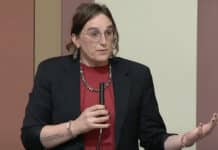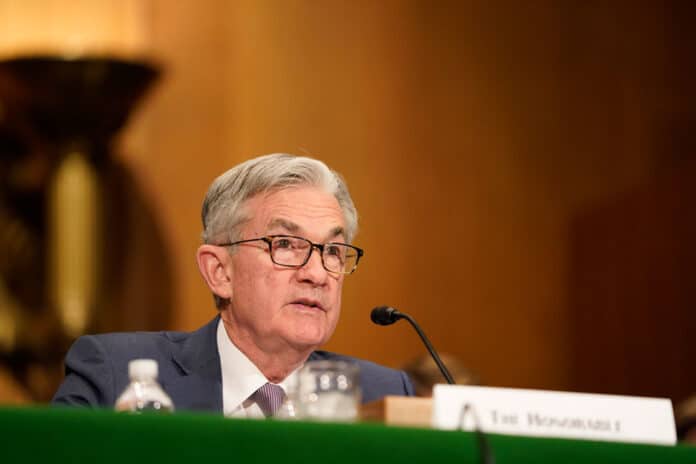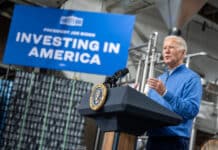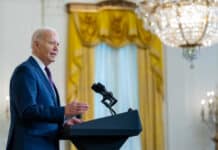(The Center Square) — The U.S. Federal Reserve may be less likely to use its key tool to combat inflation because of recent bank failures.
The Fed has been aggressively hiking interest rates for months to help combat inflation. While inflation has slowed, it remains elevated. Given the recent bank collapses, hiking rates again may be too risky for the Fed.
“The Federal Reserve is going to have to pick its poison — tolerate some inflation for a bit to see if its current series of rate hikes takes hold and pause or keep hiking and deal with the financial instability caused by their own policy decisions,” Jamie Cox, managing partner for Harris Financial Group in Virginia, said in a statement.
Raising rates at this time would likely be hard on the markets and the banks, but not raising them would likely mean higher inflation for much longer.
“The Fed has a choice to make about inflation: It can bring it down now, likely with a little bit of pain,” Ryan Young, senior economist at the Competitive Enterprise Institute, told The Center Square. “Or it can bring it down later, with a lot more pain. There is no painless option.”
The Federal Reserve meets March 22, and is expected to announce its decision then. The group could try to split the difference with a small rate hike.
“Politicians don’t like tradeoffs, which is why Sen. Elizabeth Warren and others are pressuring the Fed to stop raising interest rates,” Young said. “But the right thing to do is to get inflation back down. [Federal Reserve] Chairman [Jerome] Powell, for all his earlier mistakes, appears committed to finishing what he started.
“A strong labor market makes the Fed’s decision easier, although Silicon Valley Bank’s failure makes it tougher,” he added.
Powell testified before the Senate Banking Committee earlier this month where he said bigger rate hikes could be necessary to address inflation, though that was before the collapse of multiple banks in recent days.
“The latest economic data have come in stronger than expected, which suggests that the ultimate level of interest rates is likely to be higher than previously anticipated,” he said at the time.
The Fed raised interest rates seven times in 2022 alone. Now, experts are worried and say Americans may have to live with inflation.
“The Fed needs to hit pause and assess the full impact of its actions so far before raising short rates further,” Sheila Bair, the former chair of the Federal Deposit Insurance Corporation, told CNN.
Living with the higher prices would be hard on many Americans. The U.S. Bureau of Labor Statistics released the Consumer Price Index Tuesday, which showed consumer prices rose 0.4% in February, totaling a 6% increase over the previous 12 months. Once again, wages have failed to keep up with rising consumer prices.
Some prices surpassed the national average. Shelter, for instance, rose 0.8% in February alone, part of an 8.1% increase in the past year. And while food prices rose at the 0.4% rate, those prices have risen 9.5% in the previous 12 months. Energy prices dipped slightly, a change from the major increases in recent years.
“Core CPI came in hot: 0.5% for the month as opposed to the (still hot) 0.4% expected,” Jason Furman, an economist and Harvard professor, wrote on Twitter.
“Core CPI came in at a 5.6% annual rate for the month of February,” he added. “In the 25 years before COVID, the single highest monthly print (out of 300 prints) was a 4.6% annual rate.”
Young said federal policy was partially to blame for the bank collapses.
“That failure didn’t come out of a vacuum, however,” he said. “The Fed kept interest rates artificially low for a long time. Businesses responded to their incentives by taking on foolish risks that they otherwise wouldn’t have. When interest rates started coming back up, as was going to happen sometime, one of the tradeoffs is that some bad bets were going to go bad. SVB’s case is a combination of years of bad management and years of bad government policy.”

















